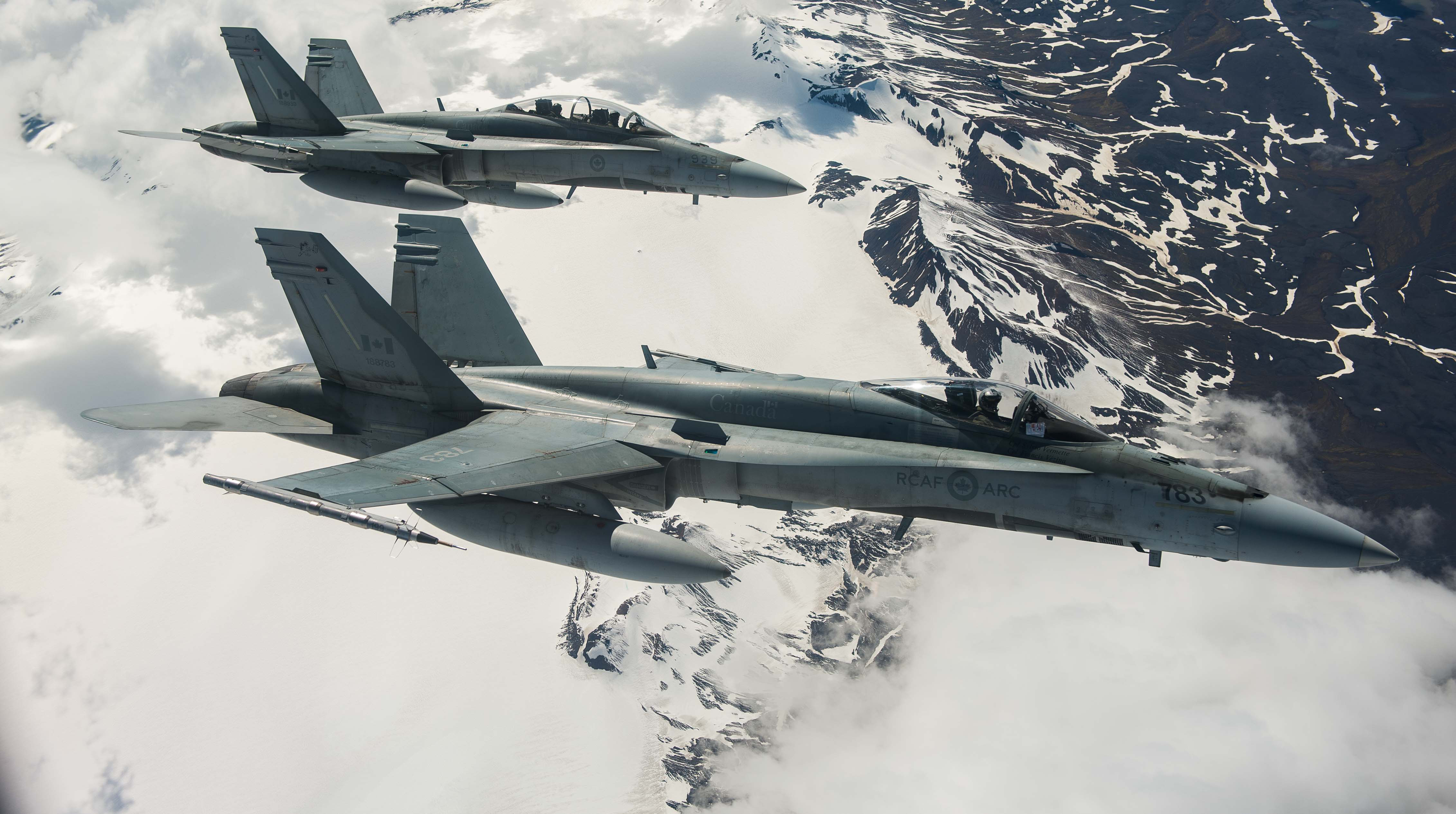
Just 579 of 8,805 words are devoted to the North Atlantic Treaty Organization’s two-per-cent-of-GDP standard for defence spending, but the words and the numbers suggest Ottawa will likely never meet the alliance’s ideal.
The much-anticipated policy document, a year in the making, lays out the Liberal government’s plans to rebuild and renew Canada’s military over the coming decades, promising $62.3 billion in new military spending over 20 years.
That would bring the annual defence budget to $32.7 billion in 2026-27 from $18.9 billion this fiscal year. Even then, however, forecasted expenditures will comprise only 1.4 per cent of GDP, up from a revised figure of 1.19 per cent by 2024-25.
Revised, the document says, because consultations with NATO staff and allies have produced “a clearer understanding of eligible expenses.” Future reporting, it asserts, will now include defence spending from other government departments. Those will include payments made directly to veterans; peacekeeping and humanitarian operations; direct program and information technology support to defence, and centrally funded defence personnel costs.
As the document points out, defence spending alone “is not the only or most effective measure of burden sharing.
“Within the alliance, Canada continues to place a premium on tangible operational contributions, as well as on demonstrating a commitment and capacity to deploy and sustain personnel in support of the alliance.”
BBC News
U.S. President Donald Trump has made much of the two-per-cent issue, declaring that Americans have borne more than their share of the NATO fiscal and military burdens—and in the process demanding the alliance’s other members “pay up.”
But many agree the two-per-cent figure is arbitrary, simplistic and, for all intents and purposes, useless.
“The arbitrary correlation between GDP and defence spending sends absurd messages,” Claudia Major wrote for Carnegie Europe, a Brussels-based foreign-policy think tank. “The two-per-cent target only cares about input, that is, how much states spend on defence. It does not care about output, or what countries get for their money, be it tanks or well-trained soldiers.
“Yet, what counts is what resources NATO ultimately has at its disposal, not how much its member states pour into their defence establishments.”
If Canada spends $50 million on submarines, it is highly unlikely they would be much use to NATO but they would very likely be of great benefit to Canadian sovereignty.
The U.S., Greece and Estonia all exceeded the two-per-cent standard in 2016. But Estonia’s navy is all of several coastal vessels, its air force has six planes and four helicopters and its army is acquiring six tanks.
“The NATO calculation formula is also so cryptic and backwards,” a senior official told The Canadian Press prior to the recent NATO meetings in Brussels.
By NATO’s measure, Canada’s percentage-of-GDP spending ranked 23rd of 28 members in 2016. But in actual dollars Canada spent on defence and on NATO itself, it ranks sixth behind the U.S., France, U.K., Germany and Italy.
The Stockholm International Peace Research Institute, which monitors worldwide defence spending, says Canada would remain in sixth place even if it added $20 billion a year to its defence budget. And its population ranks ninth in the alliance.
“In times of defence austerity, calling for allies simply to spend more—rather than spend more wisely—means fooling those who spend their money efficiently and rewarding those who waste money without visible results for NATO,” Major writes.
There are many ways of evaluating defence spending. By NATO’s own assessments, the U.S. is estimated to have spent US$1,876 per capita on defence in 2016, compared to Canada’s $504. But Canada’s $504 exceeds the European average of $395.
NATO says the Americans spend 3.3 per cent of GDP on defence. It’s an absurd amount of money: US$598 billion in 2015, or more than a third of global defence spending, according to the Washington Post. The next-biggest military spender is China, at $146 billion. Russia spent just $66 billion in 2015.
Canada needs a stronger military, on that most can agree. But there is a happy medium, a balance between Canada’s own needs and priorities and its international obligations.
Canadians value their social programs, universal health care above all. They live in a geographically huge and diverse country, with daunting challenges and pressing demands for infrastructure spending.
Nevertheless, Canada is perennially ranked among the best places in the world to live and routinely far outperforms the United States in quality-of-life measures.
Canada needs a strong military to assert its own sovereignty, first and foremost. Part of that sovereignty constitutes maintaining its role in the world and contributing to international operations of all kinds.
As long as Canada is pulling its weight, no one should be telling Canadians what they must spend on defence.
Advertisement












